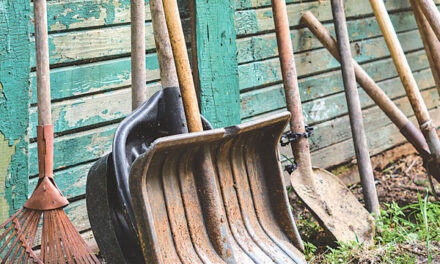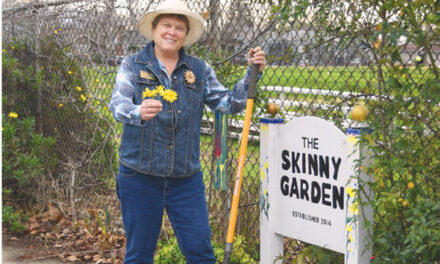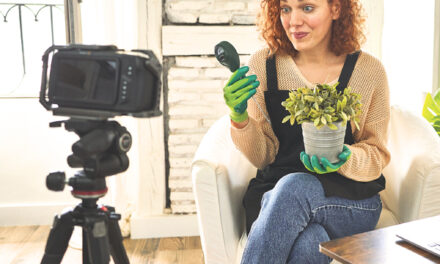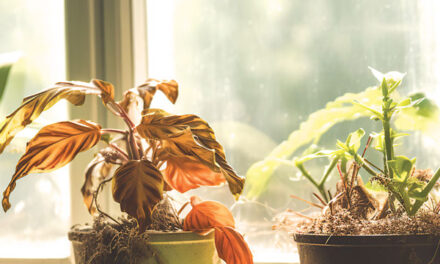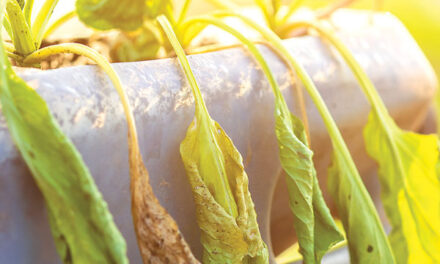Sharing gardens with our precious pets means coming to terms with diggers, chewers and poopers. Pets can be weapons of mass destruction. A dog chasing a squirrel has no regard for tulips. Cats don’t ask permission to use the vegetable garden as a restroom.
Ideally, you can mitigate destruction and keep furballs healthy and safe while the garden stays gorgeous and productive. Acceptance and forgiveness make a righteous path. But where you draw the line is a personal choice.
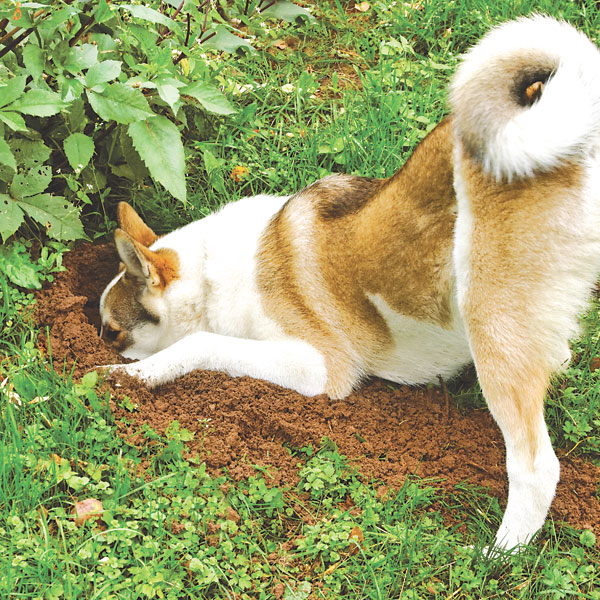
George lounged in the shadows, watching me pot up containers of flowering annuals. His next move was a catnap atop the newly planted flowers. Most of the plants survived the abuse. A cat needs his naps, right?
Roxie, as a puppy, chewed all the wiring off the irrigation valves, gnawed rose canes to the ground, and repeatedly dug up flowerbeds and containers. She also chewed the edges off redwood planters. Lovely.
Dogs tend to roam wherever they wish. Exclusion is a worthy strategy. Erect wire fencing around edible gardens. Pound in a few steel T-poles and attach the wire fencing with zip ties. It’s simple and effective.
If you own a nervous pacer, allow an 18-inch or so path along fences. He can pace the fence line all day and not trample plants. Purchase mature plants in larger nursery containers. It’s more expensive, but the root system will be more developed and apt to withstand and survive trampling.
A digging dog may be bored or making holes for a cool spot to rest. Regular walks or more time indoors may reduce the digging. Large rocks burrowed into soil or wire barriers along the fence can discourage digging or train dogs to excavate a designated spot.
Concentrated nitrogen in dog urine causes dead, brown spots in lawns. Other than immediately and constantly flushing the areas with water, or training exercises, your brown spots are going to remain part of the landscape.
Cat feces can contain parasites and all sorts of awful diseases. They have no place around edible gardens. Placing thorny stems and pinecones or burying plastic forks and bamboo skewers around plants to discourage cats may injure the animal (or small child).
Cats need space to scratch and turn to cover up deposits. Arrange stones, garden art or even gallon milk cartons in open spaces to deny needed space. Once plants mature, the open spaces vanish.
Pieces of chicken wire cut to size and secured with landscaping staples is a deterrent. This prevents cats from digging and can be covered with mulch. Cats prefer loose soil and are not fond of mulches with larger, rougher pieces. Secured chicken wire or concrete-reinforcing wire will do the job over a raised vegetable bed.
Low-voltage fencing and motion-activated sprinklers are options, but I don’t recommend either. Cats are nocturnal. And spraying water at night can invite fungal diseases. Electricity around pets does not sound humane.
Perhaps you were unaware these plants are poisonous to dogs and cats: azaleas, chrysanthemums, English ivy, some lily varieties, tulip and daffodil bulbs, oleander and morning glory. There are many others with varying degrees of toxicity. The American Society for the Prevention of Cruelty to Animals has toxic and non-toxic pet plant lists at aspca.org.
Cocoa bean mulch contains theobromine and can cause unpleasant reactions in dogs and cats. Newer products claim to be safer, but it’s best to avoid it if you have outdoor pets. Also avoid colored wood mulches—not because of the dye, but because recycled wood is used to better absorb the dye. Older recycled wood may have been pressure treated. Some colored mulches have been found to be contaminated with chromate-copper arsenate and creosote.
Plants, pets and people can be one happy and healthy family with a dollop of planning and patience.
FARMER FRED
Fred Hoffman, subject of our January column and Sacramento’s highest-profile gardener, has announced he’s leaving radio and will focus his media efforts on podcasts and social media. We’ll follow Fred’s progress and wish him the best.
Dan Vierria is a University of California Cooperative Extension Master Gardener for Sacramento County and former Home & Garden writer for The Sacramento Bee. He can be reached at masterg29@gmail.com. For answers to gardening questions, contact the UCCE Master Gardeners at (916) 876-5338, email mgsacramento@ucanr.edu or visit sacmg.ucanr.edu. Follow us on Facebook, Twitter and Instagram: @insidesacramento.




